US long-range and high-altitude heavy bomber B-29 Superfortress from Boeing.
History, development, service, specifications, pictures and 3D model.
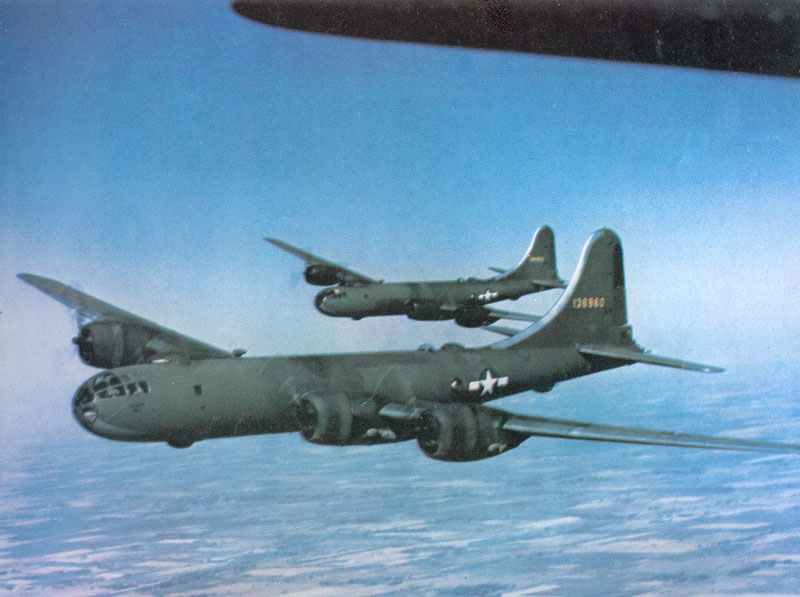
Boeing Model 345 B-29 Superfortress
Table of Contents
Boeing Model 345 B-29 Superfortress
Type: High-altitude heavy long-range and atomic bomber.
The Boeing B-29 Superfortress was a four‑engine, propeller‑driven heavy bomber developed during World War II by the United States. It was one of the most advanced aircraft of its time and played a major role in the Pacific Theater.
Key Features
– Pressurized crew compartments: One of the first bombers to feature this, allowing high-altitude operations.
– Remote-controlled gun turrets: Provided defensive firepower with fewer crew members exposed.
– Range and payload: Could carry up to 20,000 pounds (9,000 kg) of bombs and had a range of over 3,000 miles (4,800 km).
– Engines: Powered by four Wright R-3350 Duplex-Cyclone radial engines.
Historical Significance
– Strategic bombing of Japan: The B-29 was used extensively in bombing raids, including the devastating firebombing campaigns over Tokyo and other cities.
– Atomic bomb missions: Two specially modified B-29s, the ‘Enola Gay’ and ‘Boxcar’, dropped the atomic bombs on Hiroshima and Nagasaki in August 1945.
– Postwar service: Continued to serve into the Korean War before being phased out in favor of jet bombers like the B-47 and B-52.
Legacy
The B-29 represented a leap in bomber technology and influenced postwar aircraft design. Only a handful of airworthy examples remain today, with ‘FIFI’ and ‘Doc’ being two restored B-29s that still fly at airshows.
History
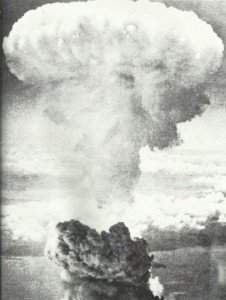
The atomic age began at 9:15 hours and 30 seconds local time on August 6, 1945, in the sky over Hiroshima, Japan. At that moment a Boeing B-29 Superfortress, the ‘Enola Gay’ piloted by Colonel Paul W Tibbets and flying at 330 mph (528 km/hr) at an altitude of more than 30,000ft (9,630 m), dropped a cylindrical bomb almost 11 ft (3.27 m) in length, two and a half feet in diameter and containing just over 130 pounds (62 kg) of Uranium 235.
This was the first atomic bomb. ‘Little Boy’, as the bomb was christened, exploded at an altitude of 800 ft (244 m) and devastated the city of Hiroshima. Some 70,000 people were killed, and as many injured. Three days later another B-29, the ‘Boxcar’, dropped it second atomic hbmb on Nagasaki. The Second World War was all but over.
The Superfortress’ name will always be associated with these two missions. But the large, modern four-engined aircraft also left other marks on aviation history, going down as the best strategic bomber of the war.
A total of 3,970 Boeing B-29s were built, of which 2,000 were delivered between 1943 and 1945. B-29s were also operational in the Korean War and the type was not retired from service until the late 1950s. And, oddly enough, it was the B-29 that re-established a balance of strategic air power between the USSR and America during the Cold War. Three Superfortress bombers went down in Soviet territory in 1944, and after the war the Russians developed a whole series of long-range bombers from these three aircraft. The first Russian models, designated Tu-4, were identical to the B-29.
Development and mass production of the Boeing Model 345, later named B-29 Superfortress, was one of the biggest tasks in the history of aviation. This history began in 1937, when the XB-15 (Boeing Model 294) appeared. Four years earlier the USAAC had asked for a strategic bomber that could carry 2,000 pounds (907 kg) of bombs a distance of 5,000 miles (8,000 km). This aircraft never got beyond the prototype stage, but Boeing’s engineers derived several experimental projects from it. These were developed early in 1940, when the Army Air Corps again issued specifications for a long-range bomber.
This new aircraft, the Model 345, was submitted alongside Consolidated, Douglas and Lockheed designs, and the Boeing bid was accepted. On August 24, 1940, two prototypes were ordered, followed by a third and a static-test airframe in December.
As the war grew in intensity, this program was given maximum priority. In January 1942 the military authorities ordered 14 YB-29 pre-production aircraft, followed immediately after by orders for 500 production machines. In September 1942 1,000 more were ordered.
The first prototype took to the air on September 21, 1942, with Eddie Allen at the controls. The second prototype first flew on December 28, but on February 18, 1943, this aircraft crashed on landing after fire broke out in an engine. All eleven Boeing flight-test staff aboard were killed.
The B-29 was a large mid-wing monoplane with a circular-section fuselage. Fully pressurized except for the bomb bay, it was powered by four 2,200 hp Wright Cyclone radial engines with turbo-superchargers. Defensive armament consisted of ten heavy machine guns and one 20 mm cannon installed in four remotely controlled turrets and on a manual mounting in the tail. Later models of the B-29 had a forward dorsal turret with four 12.7 mm machine guns.
In February 1942, while the pre-production models were being built and Boeing engineers worked night and day on the huge technical problems, the company prepared a vast production plan under which the bomber would also be built by Bell, North American and Fisher (General Motors) and Martin under license.
Martin came in later and by VJ-day more than 3,000 Superfortress had been delivered. This was a fantastic achievement because each represented five or six times the technical effort of any earlier bomber. In engine power, gross weight, wing loading, pressurization, armament airborne systems and even basic structure the B-29 set a wholly new standard.
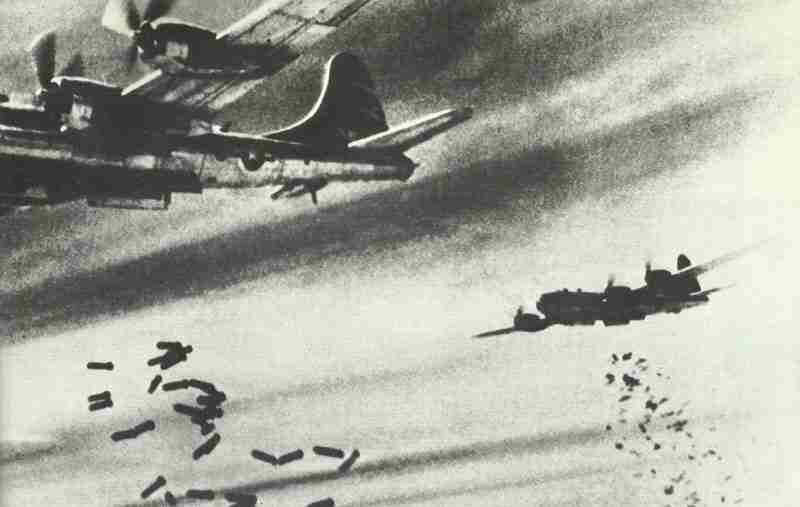
Meanwhile, the 58th Very Heavy Bombardment Wing became the first unit to use the new strategic bomber.
Late in 1943 it was decided not to employ the Superfortresses in Europe but to concentrate them in the Pacific, where the 20th Bomber Command was ready to attack Japanese objectives from bases in India and China. The first aircraft reached these bases in the spring of 1944, and the first strategic mission set out for Bangkok on June 5.
Ten days later a B-29 force carried out the first strategic bombing mission against Japanese territory. That summer five other bases were readied in the Marianas: two in Guam, two in Tinian and one in Saipan. It was from these bases that the Superfortresses took off on their most devastating missions. The first raid on Tokyo took place on November 24, 1944. By 1945 20 groups from the Marianas were sending 500 B-29s at a time to flatten and burn Japan’s cities.
Until August 6, 1945, the B-29s specialized in incendiary raids, first by day and then at night and at low altitude. There was little that Japanese fighters could do against them, and among the cities bombed by the B-29s were Tokyo, Nagoya, Osaka and Kobe.
The B-29C had all guns except those in the tail removed, increasing speed and altitude. After the war there were 19 variants of B-29, not including the Washington B.I supplied to help the RAF in 1950 to 1958.
Users: USAAF.
Pictures about B-29 Superfortress
Specifications for Boeing B-29 Superfortress
Specifications:
Boeing B-29 Superfortress | specification |
|---|---|
Type | long-range and high-altitude heavy bomber |
Power plant | 4 x 2,200hp Wright R-3350-23 Duplex Cyclone 18-cylinder radials each with two exhaust-driven turbochargers |
Accommodation | 10 - 14 |
Wing span | 141 ft 3 in |
Length overall | 99 ft |
Height overall | 27 ft 9 in |
Weight empty | 74,500 lb |
Weight loaded | 135,000 lb |
Max level speed | 357 mph at 30,000 ft |
Cruising speed | 290 mph |
Climb to 25,000 ft | 43 mins |
Service ceiling | 36,000 ft |
Range | 3,250 miles (with 10,000 lb bomb load) |
Armament:
Boeing B-29 Superfortress | specification |
|---|---|
Turrets | Four GE twin-0.50 in machine guns (1100 rpm, velocity 2500 ft.sec) in turrets above and below, sighted from nose or three waist sighting stations |
Bell tail turret | with own gunner and one 20mm cannon (800 rpm, velocity 2750 ft.sec])and twin 0.50in MG |
Bomb load | Internal up to 20,000 lb. With modifications carried one nuclear bomb or two 22,000 lb bombs externally under inner wings |
Service statistics:
Boeing B-29 Superfortress | figures |
|---|---|
First flight (prototype) | 21 September 1942 |
Pre-production YB-29 | 26 June 1943 |
Service delivery | July 1943 |
First combat mission | 5 June 1944 |
Termination of production | May 1946 |
Total production figure | 3,970 |
Animated 3D model of B-29 Superfortress
References and literature
Combat Aircraft of World War II (Bill Gunston)
Technik und Einsatz der Kampfflugzeuge vom 1. Weltkrieg bis heute (Ian Parsons)
Das große Buch der Luftkämpfe (Ian Parsons)
Luftkrieg (Piekalkiewicz)
Flugzeuge des 2. Weltkrieges (Andrew Kershaw)
World Aircraft World War II (Enzo Angelucci, Paolo Matricardi)
The Encyclopedia of Weapons of World War II (Chris Bishop)


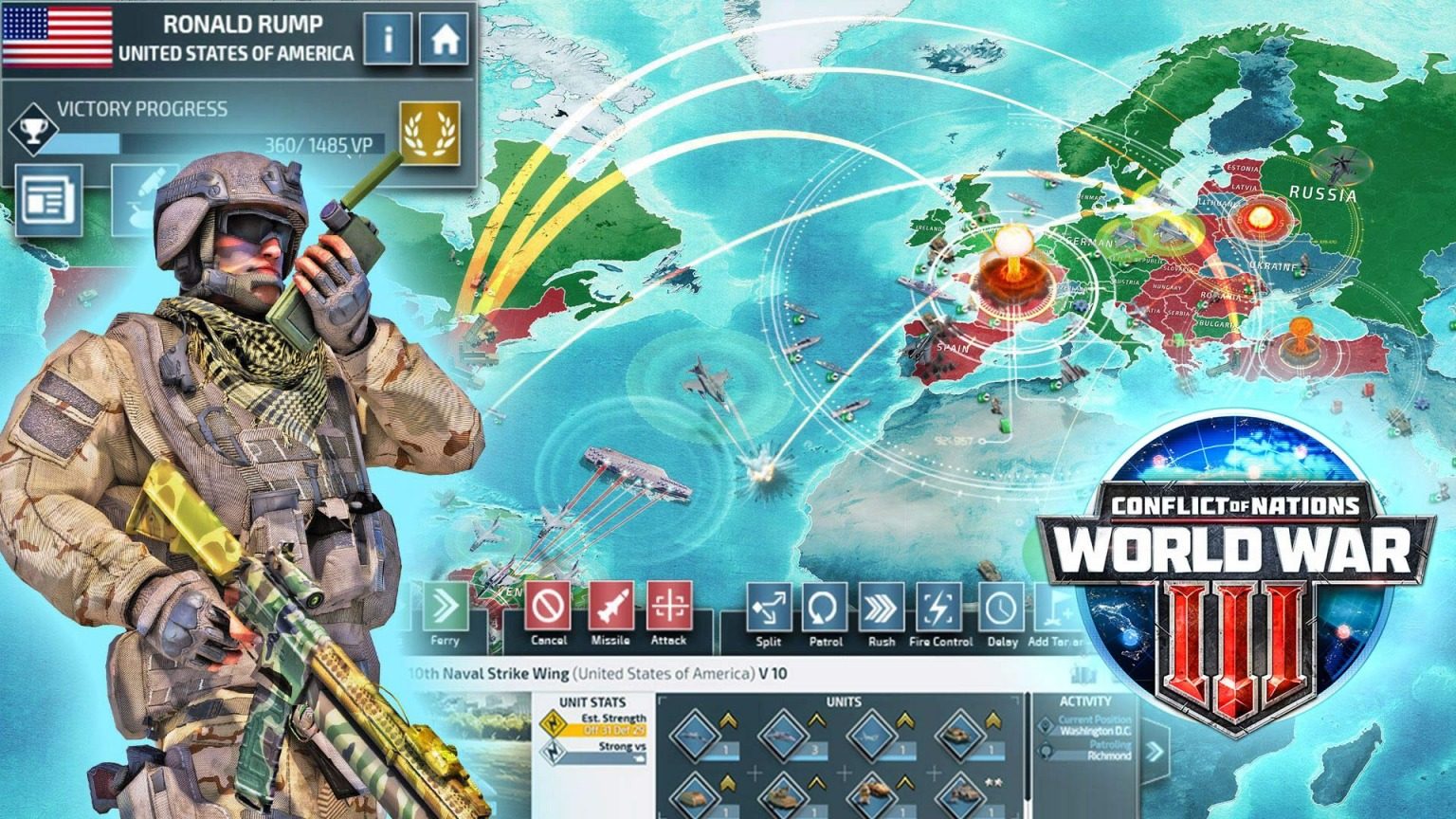
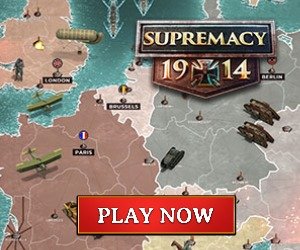
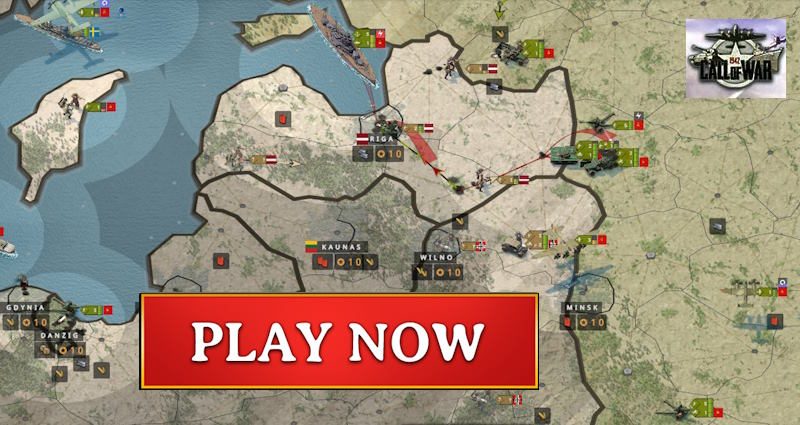
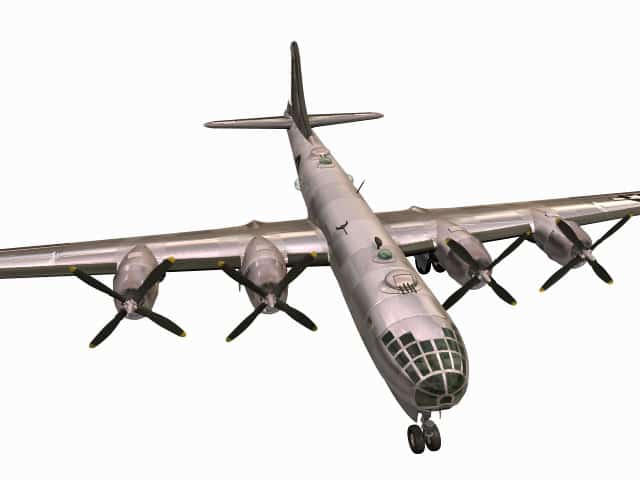
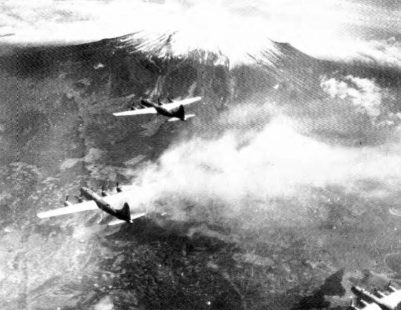
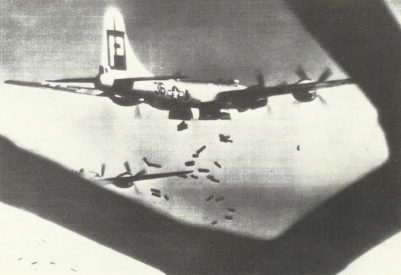
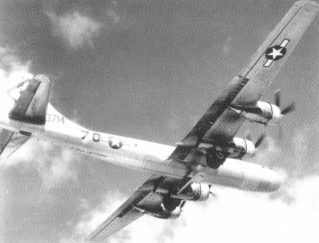
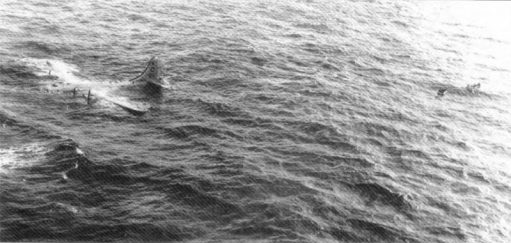
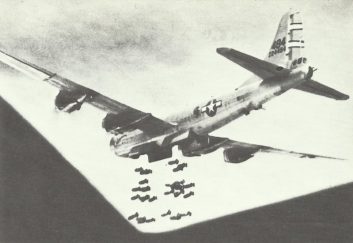
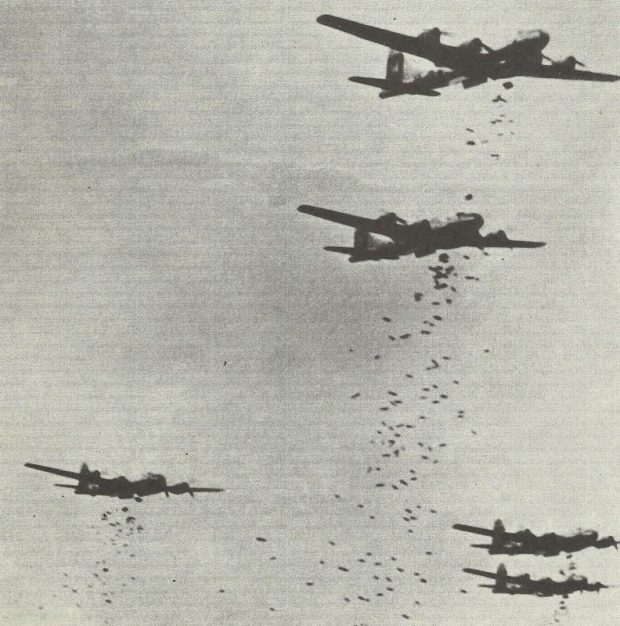
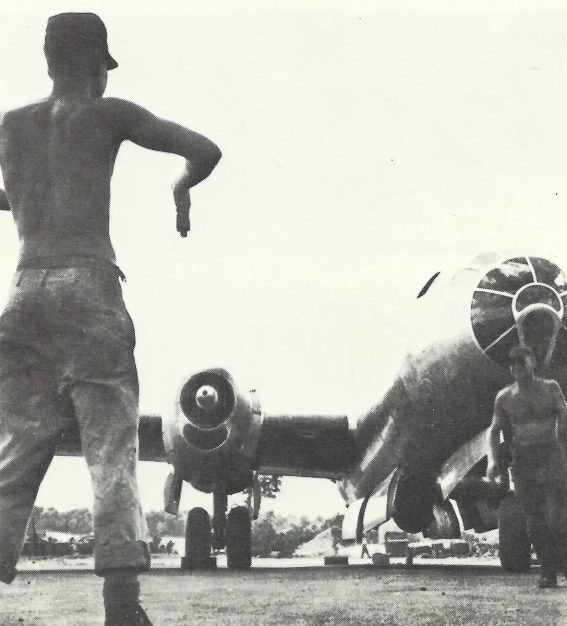
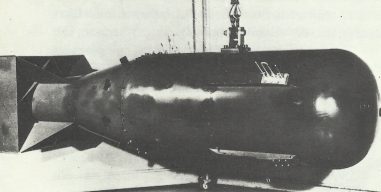
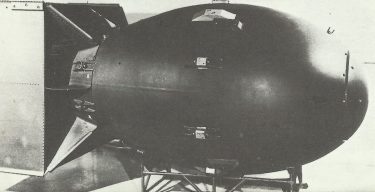
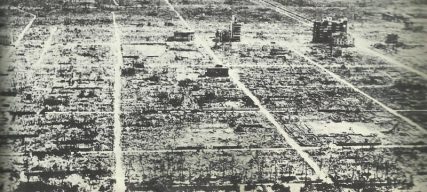
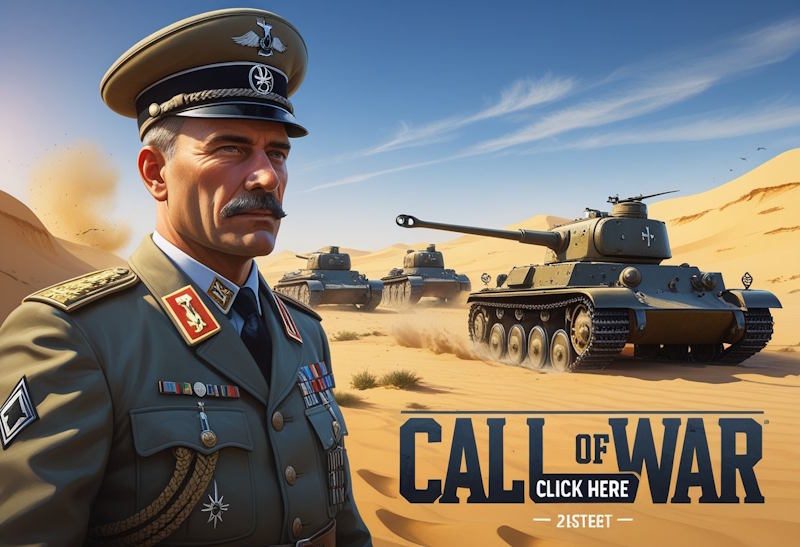
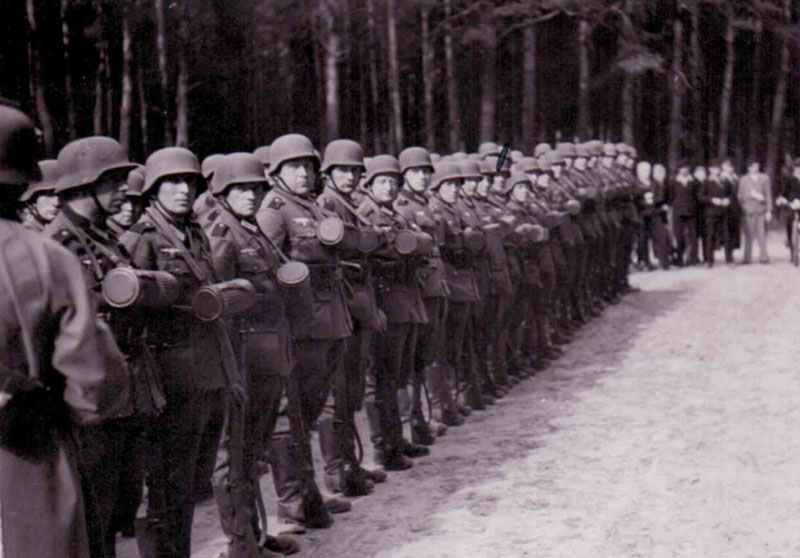
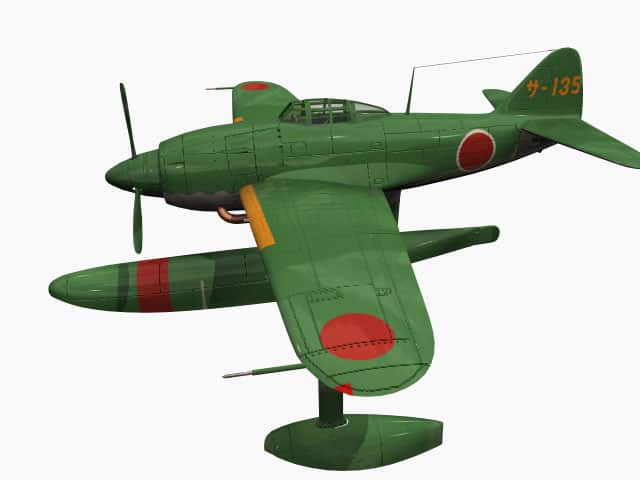
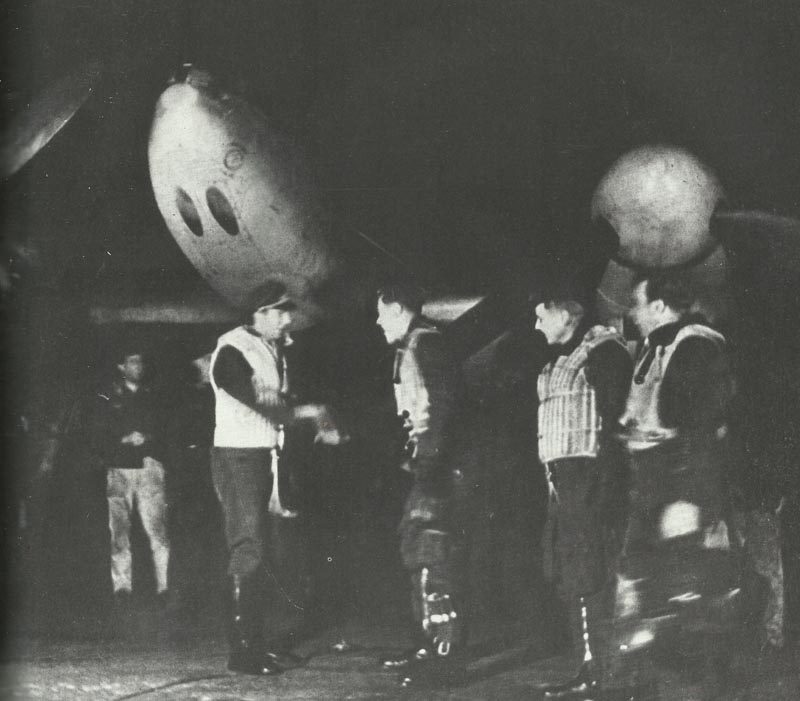
I recommend a rare history, The Bell Bomber Plant, Joe Kirby, Arcadia Publishing. The plant in Marietta Georgia, near Atlanta, produced 668 B – 29s during the war, two per day at maximum output. It was one of three Boeing plants and one Martin plant. Bell Bomber employed roughly 28,000 men and women who worked in buildings totaling 4,200,000 Sq. Ft. Many were farmers who proved to be superb in working with machines somewhat more complicated than a tractor. The plane even used a crude computer to control its massive firepower of 50 cal. machine guns, in the 1940s! A million aspects were enormous advances in technology, performed on a crushing war schedule.
One B – 29 is on display at the Udvar Hazy museum at Dulles airport Virginia.
Of the three B29’s used by the USSR to build a copy, the one chosen for pattern had 3 patches where AAA damage had been repaired. So great was the fear of Stalin that every Tu4 Bull had those three patches lest “The Boss” think he was not obeyed!